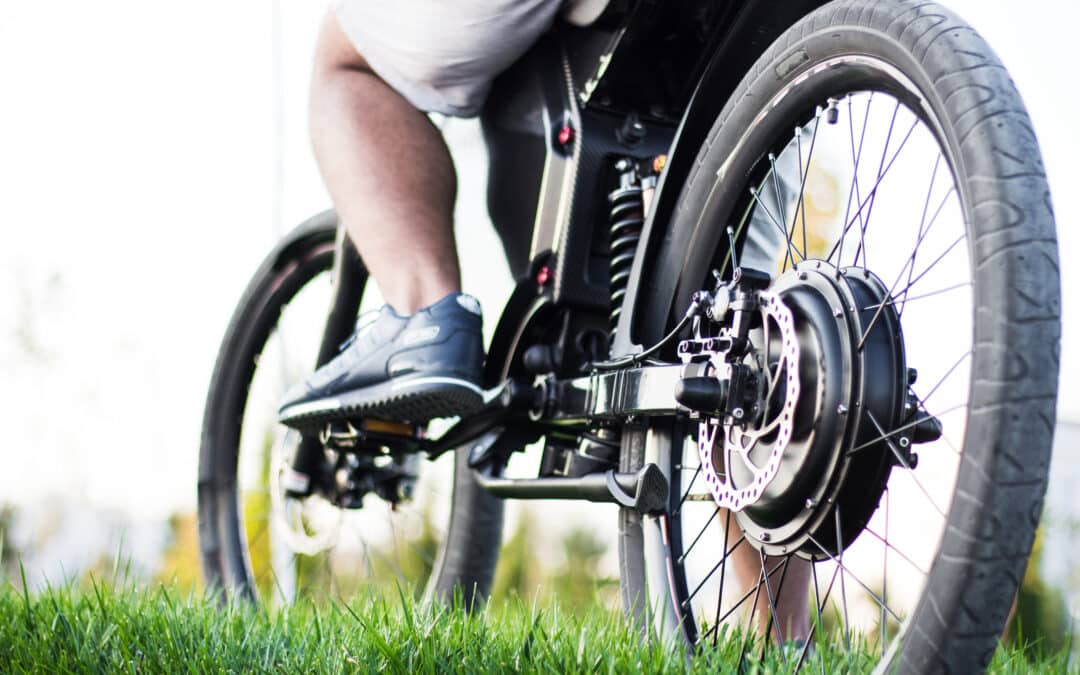Urban commuting often involves a critical decision between two primary options: relying on public buses or embracing the rising trend of electric bikes (e-bikes). Each alternative comes with distinct advantages and disadvantages, shaping the preferences of urban dwellers. We will explore the pros and cons associated with both public buses and e-bikes, allowing readers to make informed choices tailored to their individual circumstances.
Cost
Public buses have long been a wallet-friendly choice for urban commuters. With fixed fares and the possibility of discounted weekly or monthly passes, these buses offer predictable costs that can fit various budgets.
E-bikes present an upfront investment but boast long-term cost-efficiency. Despite the initial expense, e-bike owners can rejoice in minimal ongoing expenditures on fuel and relatively affordable maintenance.
Convenience
Public buses adhere to set schedules and routes, offering a degree of predictability. Yet, they can be susceptible to delays due to factors like traffic congestion.
E-bikes introduce a newfound flexibility into the urban commute. Their ability to maneuver through traffic and explore alternative routes is a considerable advantage. The absence of waiting time at bus stops also contributes to a more streamlined journey.
Environmental Impact
Public buses contribute to the eco-friendly spectrum by potentially replacing multiple individual vehicles. Nevertheless, they do add to traffic congestion and might not be the most energy-efficient mode of transportation.
E-bikes, on the other hand, embody a greener option. Emitting zero emissions during operation and reducing overall traffic congestion, they stand out as an environmentally conscious choice.
Health Benefits
While public buses don’t directly provide health benefits, they do alleviate the need for physically demanding commutes.
E-bikes encourage physical activity even if it’s less strenuous than traditional cycling. By incorporating moderate exercise into daily routines, e-bike users can potentially enhance their overall health.
Comfort
Public buses offer seating and protection against weather elements. However, the experience can be marred by overcrowding during peak hours.
E-bike riders need to ensure proper ergonomic adjustments for comfortable rides. Although lacking the shelter of buses, innovations like detachable rain covers are making weather-related concerns more manageable.
Distance Coverage
Public buses excel in covering longer distances within urban areas through their fixed routes and stops.
E-bikes are better suited for shorter to medium distances. Their agility in navigating through congested streets and taking shortcuts makes them an ideal choice for efficient commuting.
Safety
Public buses are generally considered safe due to their size and professional drivers. However, accidents can still occur.
E-bikes share roads with other vehicles, demanding cautious navigation. Wearing helmets and adhering to traffic rules become crucial for minimizing potential safety risks.
In the perpetual dilemma of urban commuting, the choice between public buses and e-bikes remains an individualized decision. Public buses promise reliability and affordability, catering to those who prioritize predictability. Conversely, e-bikes offer flexibility, environmental friendliness, and health incentives for those seeking an active and eco-conscious commute. The final selection hinges upon a holistic evaluation of personal priorities, distance requirements, and willingness to embrace change. As urban landscapes continue to evolve, the equilibrium between these two options might shift, further diversifying the array of commuting choices available to urban residents.
Ready to make the best choice for your urban commute? Contact us today to explore the ideal solution tailored to your preferences and transform your daily journey.


Recent Comments